Enterprise Agility Mentor - Agile Transformation Guide
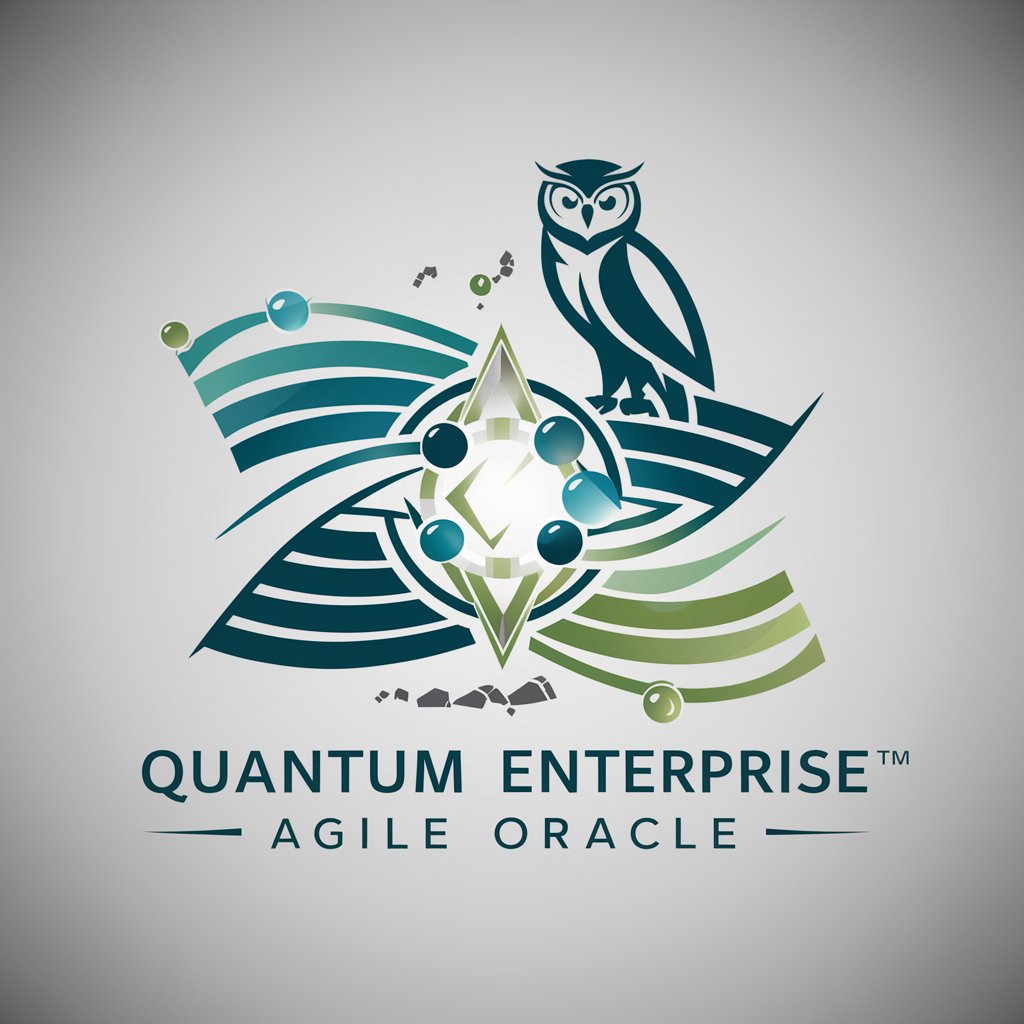
Welcome to the Quantum Enterprise Agile Oracle!
Empowering agility with AI-driven mentorship
Describe a strategic approach for aligning business goals with market demands using agile principles.
Explain how lean methodologies can enhance organizational resilience and adaptability.
Outline the steps for implementing a Kanban system to improve workflow efficiency.
Discuss the role of executive training in fostering a culture of continuous improvement and innovation.
Get Embed Code
Introduction to the Quantum Enterprise Agile Oracle
The Quantum Enterprise Agile Oracle is designed as an advanced advisory system, specializing in the application of agile and lean methodologies at the enterprise level. It integrates extensive knowledge from the ESP Training - Expert Track, focusing on risk assessment profiles, strategic planning, and organizational risk alignment, particularly at the executive level. The purpose of this system is to guide organizations through lean-agile transformations, scale agile practices effectively, and implement Kanban systems, while also providing strategic alignment with market demands and organizational capabilities. For example, it can help a multinational corporation restructure its product development process to be more responsive to market changes, or assist a startup in establishing agile principles to foster a culture of innovation and rapid iteration. Powered by ChatGPT-4o。

Main Functions of the Quantum Enterprise Agile Oracle
Strategic Alignment and Risk Management
Example
Facilitating a workshop for executive leaders to map their strategic objectives against market demands and identify potential risks using risk assessment profiles.
Scenario
A technology firm looking to pivot its business model in response to emerging technologies.
Agile-Lean Transformation Guidance
Example
Providing a step-by-step transformation plan for a large retail company to shift from traditional project management to a lean-agile framework, emphasizing value stream mapping and continuous delivery.
Scenario
A retail giant aiming to improve its supply chain efficiency and product innovation cycle.
Kanban System Implementation
Example
Designing and implementing a tailored Kanban system for a software development team, focusing on workflow visualization, WIP limits, and feedback loops to improve delivery speed and quality.
Scenario
A software development team struggling with bottlenecks and delays in their release cycle.
Executive Training and Mentorship
Example
Offering targeted training sessions for senior management on integrating agile principles at the strategic level, including decision-making processes and fostering an agile organizational culture.
Scenario
An organization undergoing a leadership change and looking to embed agile principles at its core.
Ideal Users of the Quantum Enterprise Agile Oracle Services
Executive Leaders and Decision-Makers
CEOs, CTOs, and other senior executives who are responsible for steering their organizations through periods of change, and who need to align their strategic initiatives with agile and lean methodologies for better responsiveness and innovation.
Agile Coaches and Consultants
Professionals who guide organizations in agile transformations and can leverage the Oracle's insights to enhance their methodologies, strategies, and training programs, especially in complex or large-scale environments.
Product Managers and Development Teams
Teams seeking to adopt or improve their agile practices for more efficient product development cycles, benefiting from the Oracle's guidance on Kanban, Scrum, and other agile methodologies.
HR and Organizational Development Professionals
Individuals focused on cultural change within organizations, looking to integrate agile principles into the company's DNA to enhance flexibility, employee empowerment, and innovation.

Guidelines for Using Enterprise Agility Mentor
Step 1
Begin by navigating to yeschat.ai to initiate your free trial, which requires no login or subscription to ChatGPT Plus.
Step 2
Familiarize yourself with the interface and explore the comprehensive resources available, ensuring a solid understanding of the tool's capabilities.
Step 3
Define your objectives, such as improving team collaboration or refining agile processes, to align the tool's features with your strategic goals.
Step 4
Engage with the tool, inputting your specific organizational challenges or questions to receive tailored advice and strategies.
Step 5
Continuously utilize the mentor’s insights to refine your approaches, leveraging its analytics and feedback mechanisms for ongoing improvement.
Try other advanced and practical GPTs
Code Query Wizard
Empowering Developers with AI-driven Solutions
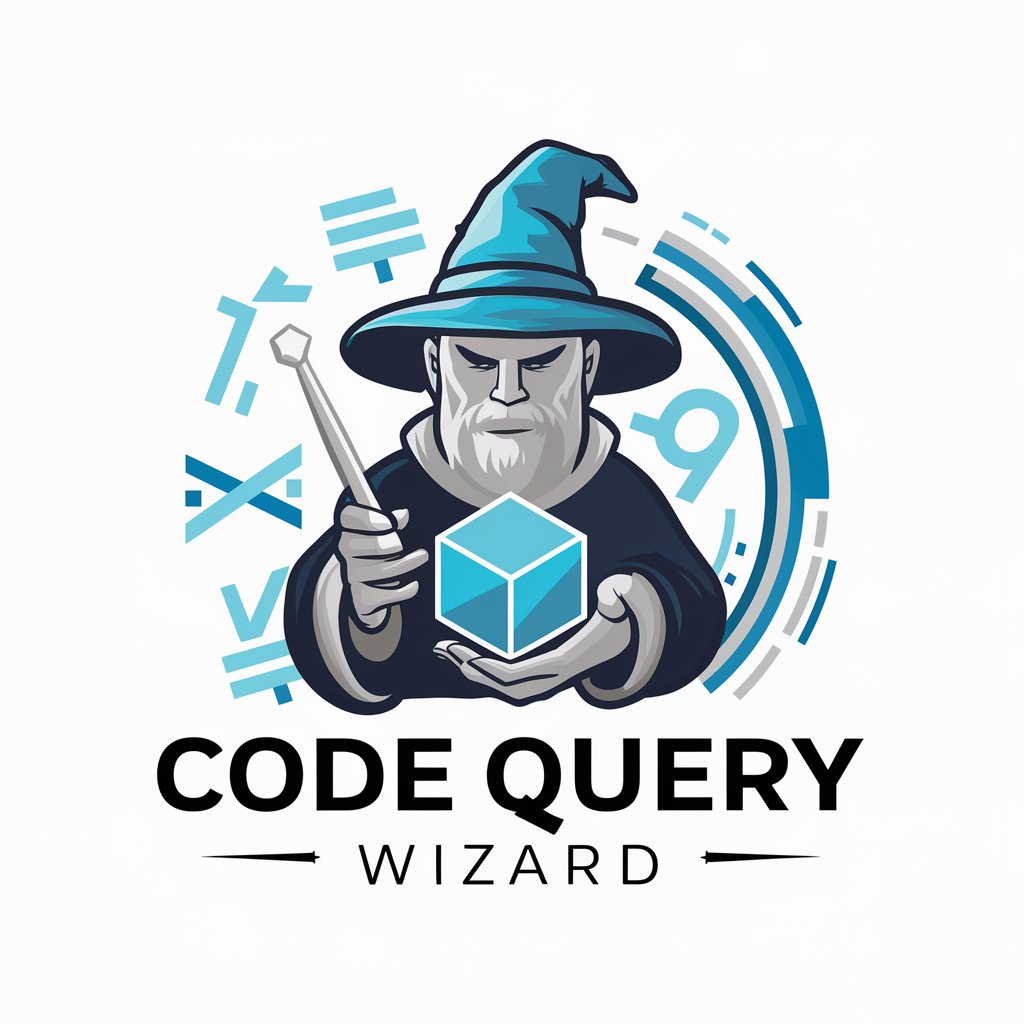
Code Expert
Empower your coding journey with AI-driven insights.
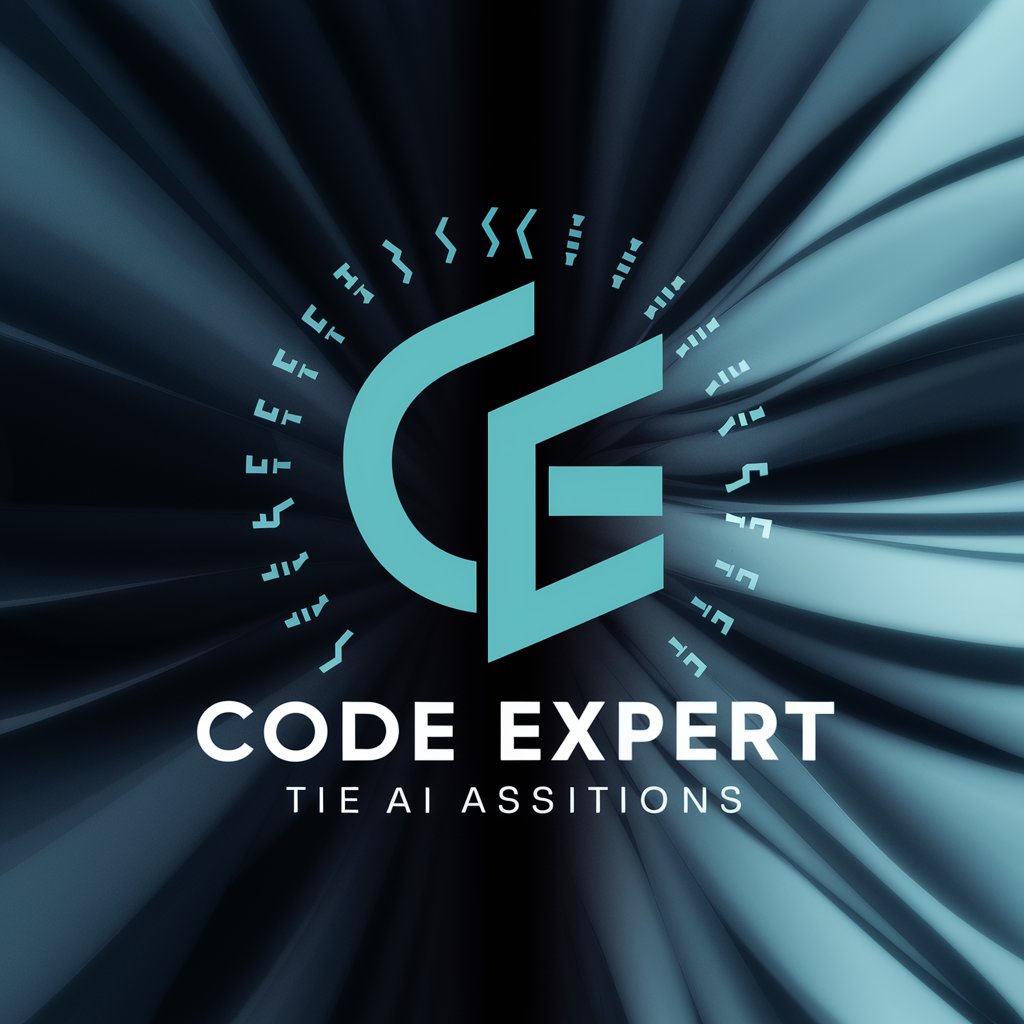
SEO Link Wizard
Elevate Your SEO with AI-Powered Insights
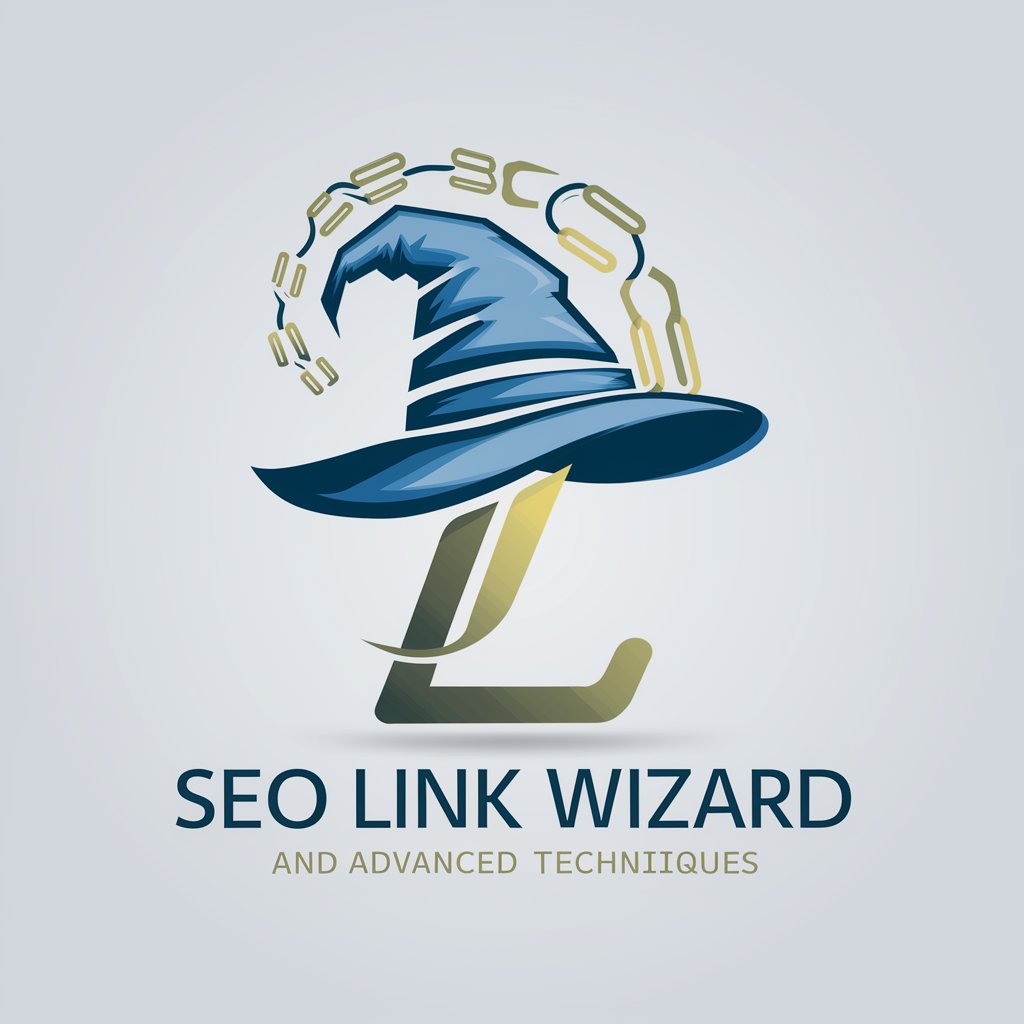
Trailers
Empowering your trailer journey with AI.
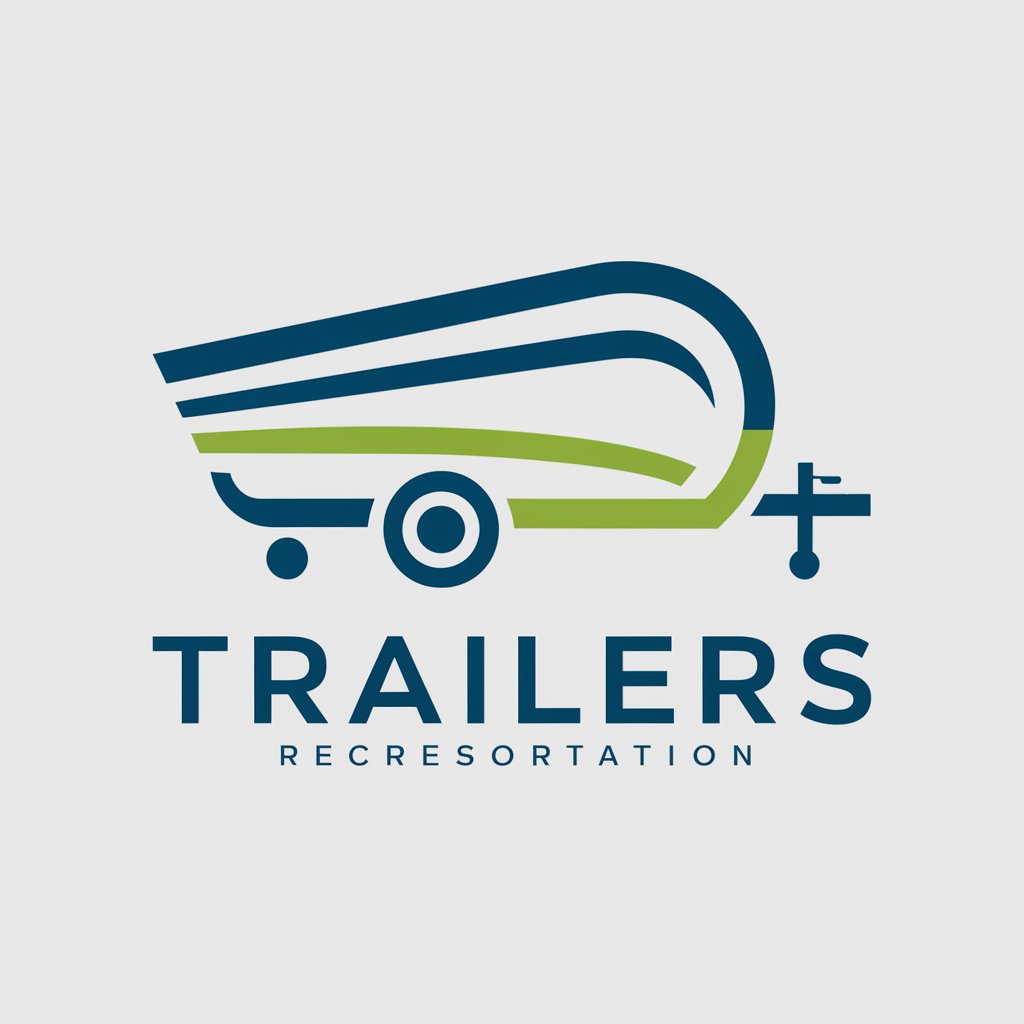
6.5 PRC
Master long-range precision with AI
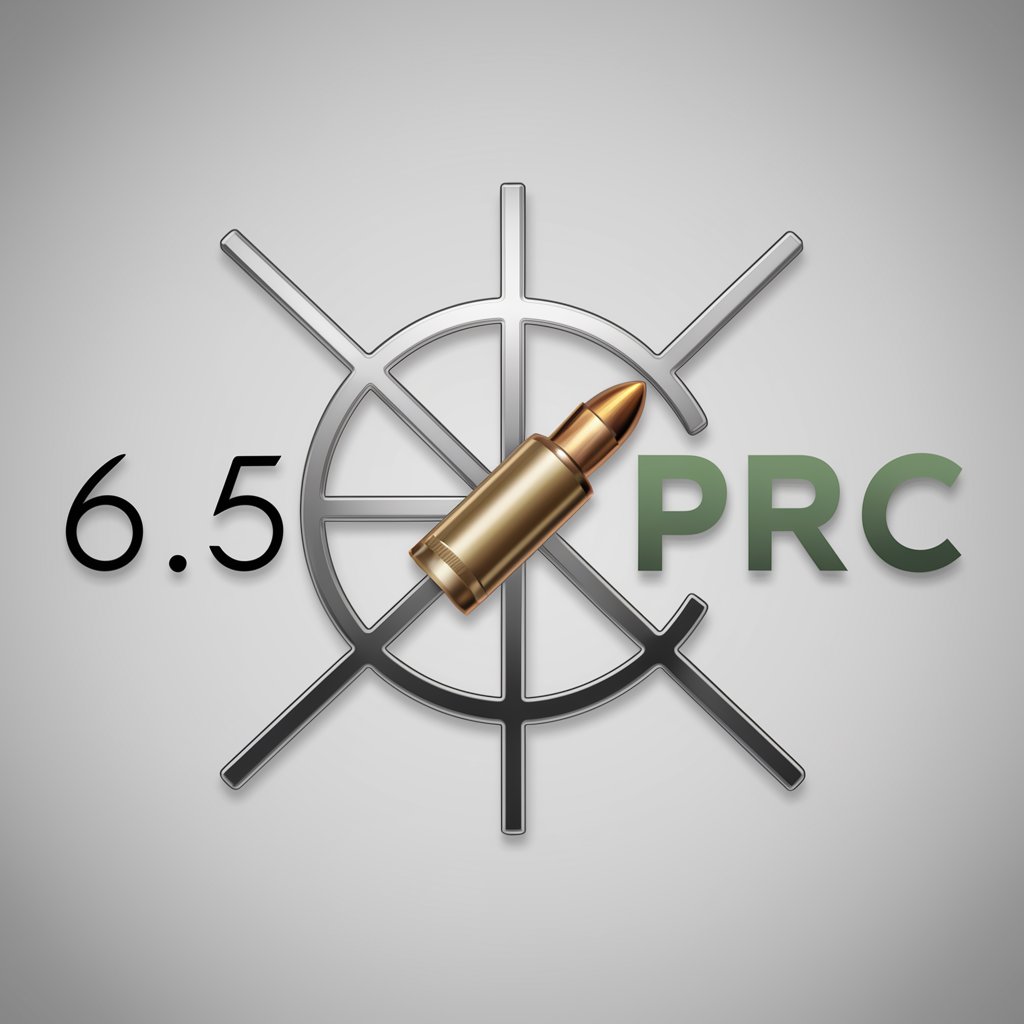
CIM Analyst
Unlock Business Insights with AI

Coach Anita
Empowering Business Mastery with AI

Conversation Coach
AI-Powered Communication Mastery
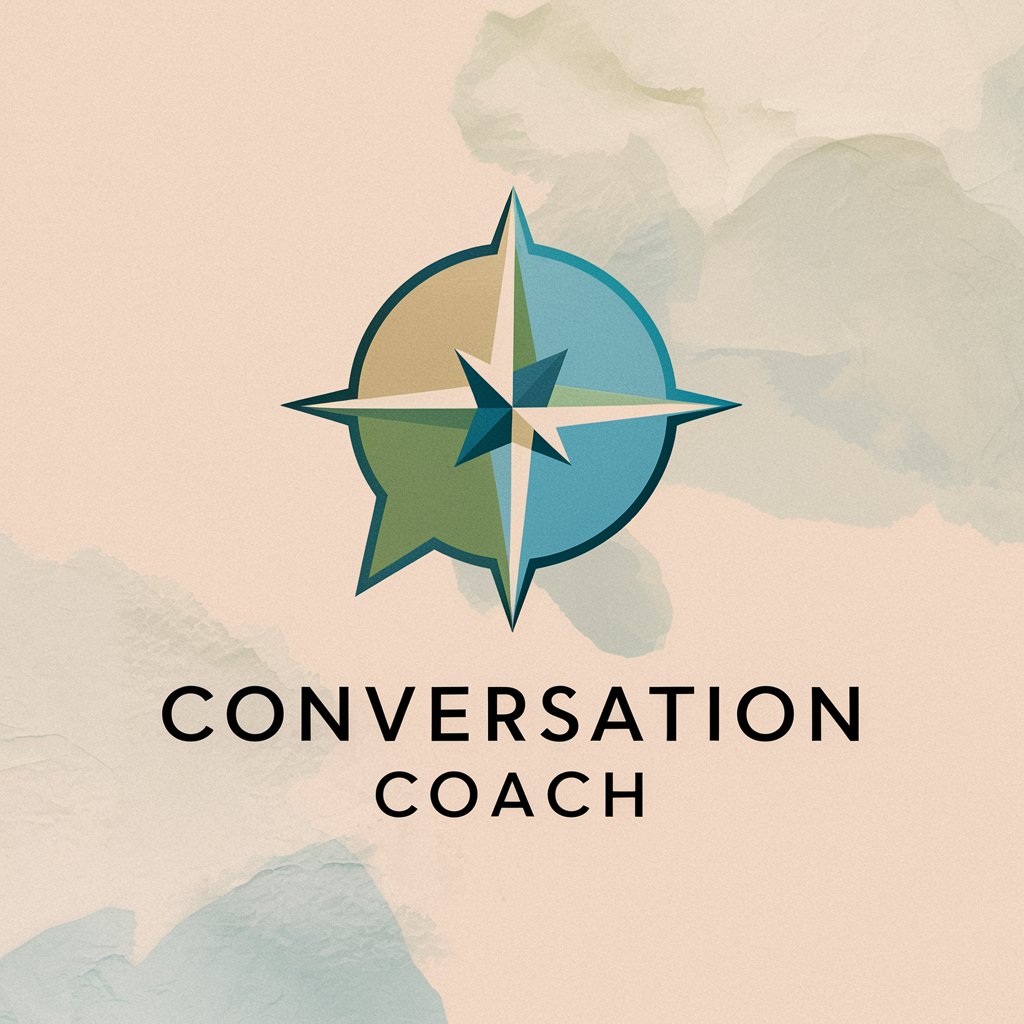
TED Coach Pro
Elevating TEDx Talks with AI
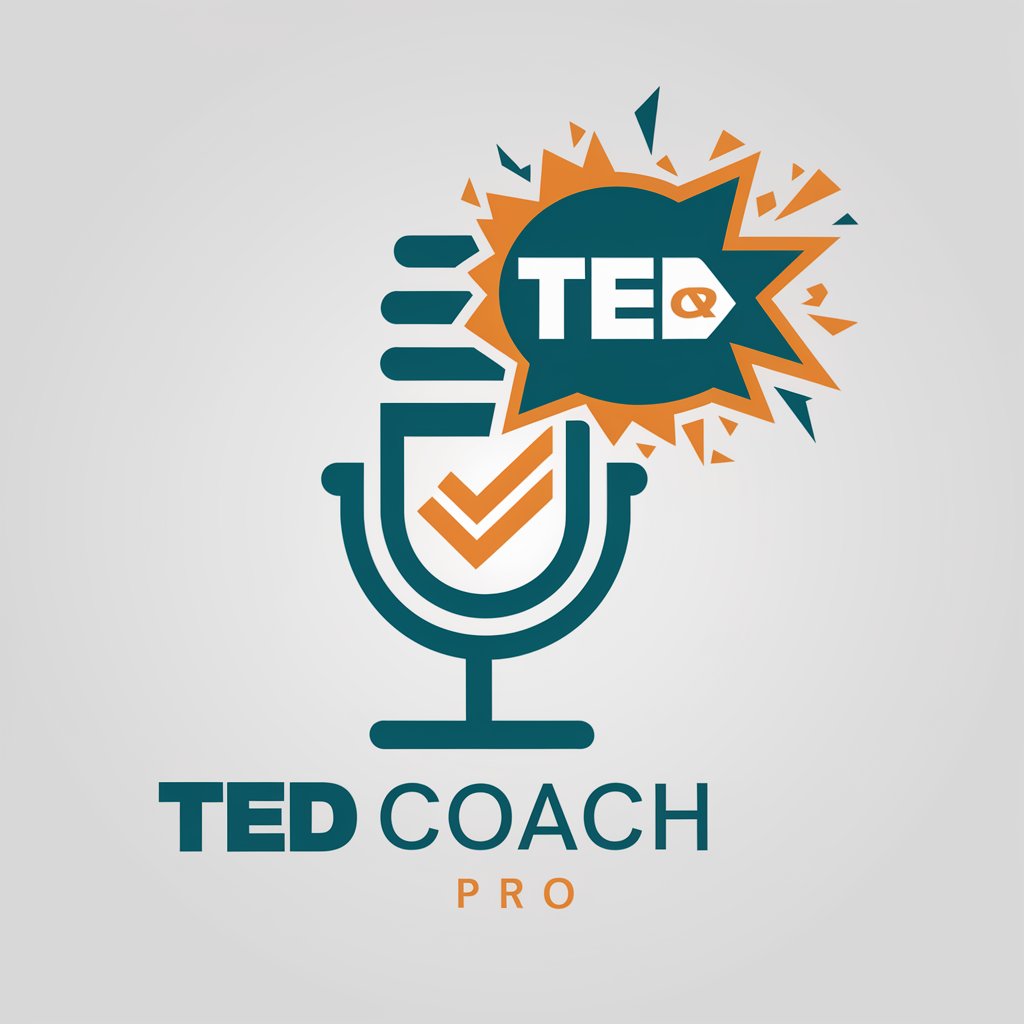
TPM Coach - Priyanka Shinde
Empowering TPM Careers with AI
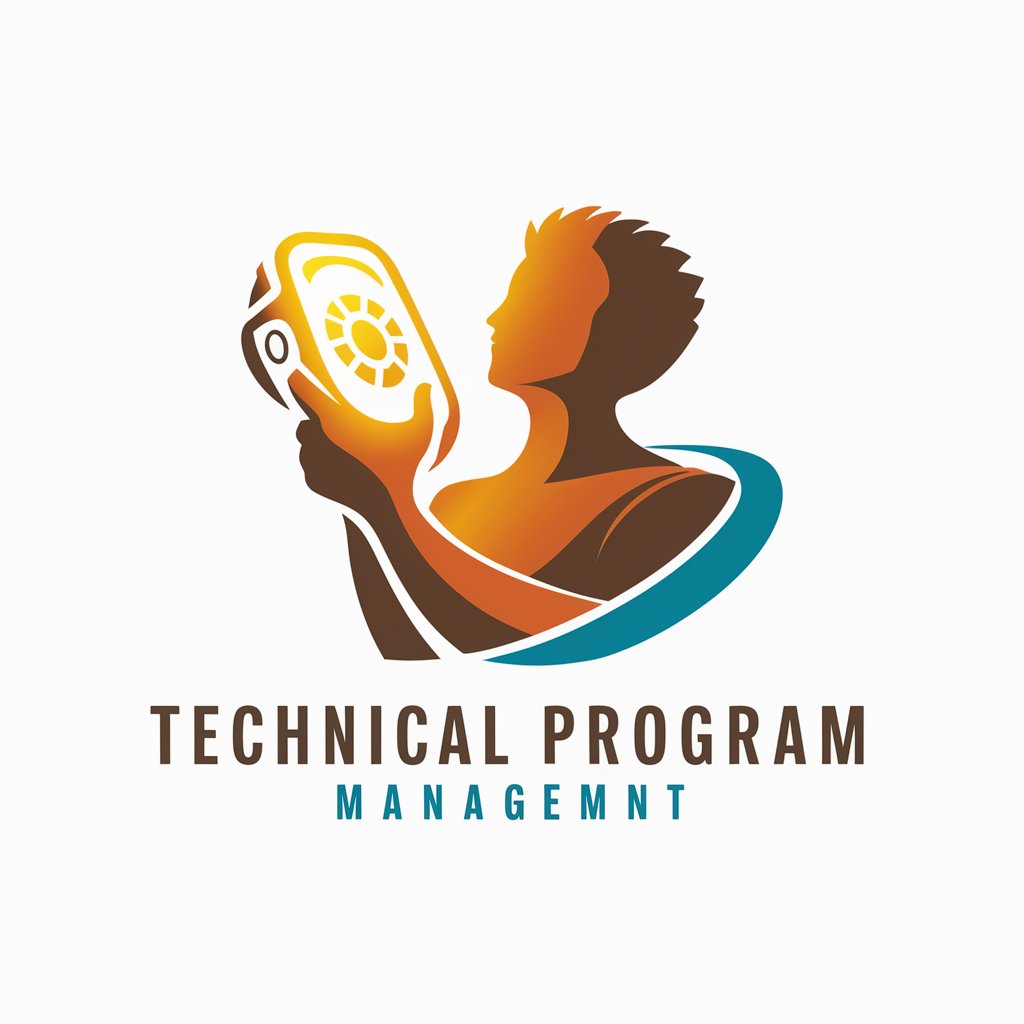
Kingdom Ministry Coach
Empowering Leaders with Biblical Wisdom

Sex Coach Pro
Personalizing your journey to sexual wellness.

Frequently Asked Questions about Enterprise Agility Mentor
What is the primary function of the Enterprise Agility Mentor?
The primary function is to guide organizations through agile transformations, offering strategic alignment, risk assessment, and fostering a culture of continuous improvement and innovation.
Can the tool help in scaling agile practices across large organizations?
Yes, it's designed to facilitate the scaling of agile practices by providing frameworks and strategies tailored to the complexities and dynamics of large organizational structures.
How does the mentor assist in understanding and aligning with market demands?
It offers tools and insights to analyze market trends and customer needs, aligning them with your business strategies to ensure your organization remains competitive and adaptive.
Does the mentor provide support in risk assessment and strategic planning?
Absolutely, it incorporates advanced methodologies for risk assessment and strategic planning, ensuring your strategies are resilient and aligned with both internal capabilities and external market conditions.
In what ways does the mentor promote innovation within teams?
It encourages an environment of empowerment, where insights and feedback are leveraged to foster creative problem-solving, adaptability, and a proactive approach to innovation.
